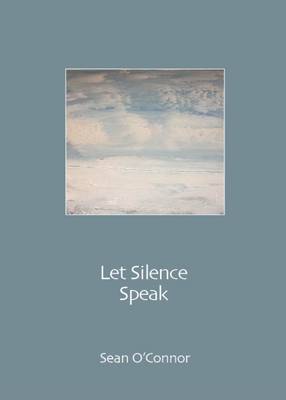You go on to set up journals, you become a judge of competitions and you release collections. How does that development take place?
Everything takes place very slowly. I started writing this form of poetry in 1984/85 and it was ten years before I met Jim Norton who had just set up a print journal, Haiku Spirit, which ran for 20 issues over 5 years. He became a mentor of mine for a couple of years. He stopped editing the journal and I took over editing for the last 8 issues.
The first book I co-authored, in 1998, was called “Pilgrim Foxes” with Jim Norton and Ken Jones. The three of us were interested in the Haibun form in particular when no-one else was writing using it. “Pilgrim Foxes”, we each had a section in it, was a presentation of Haibun writing. I think at that time, it was the only book, presented in English, focused on Haibun.

We just patiently pursued it and it developed over a long period of time. We paid consistent attention to the work. We tried to develop the techniques and the craft and the subject matter you could deal with. One thing lead to another and eventually people come to you and asked you to judge competitions because you seemed to know about it.
Do you think it is important to take time with your work?
My first solo collection, “Let Silence Speak”; it took twenty years. I am forever saying to writers, don’t rush publication, whatever you do, take your time. We publish on paper but things are actually published in stone. You can’t change it later. It’s for life. I was always slow to move, slow to submit, slow to publish. I’ve built up my work, very slowly, over a long period time.

I’m very fond of a saying in the arts attributed to Albert Finney, “A body of work, done to a high standard, over a long period of time, does not go unnoticed.” I’ve always taken that as my mantra. I have held on to that idea, that you work slowly to the highest standard you can, over a very long period of time, as long as it takes, and the world will be kind to it.
The work is the critical thing. The length of time you are prepared to be patient, work as carefully as you can, and craft things to the best of your ability.
To find out more about Sean O’Connor’s work see the following link – seanwriter.com
